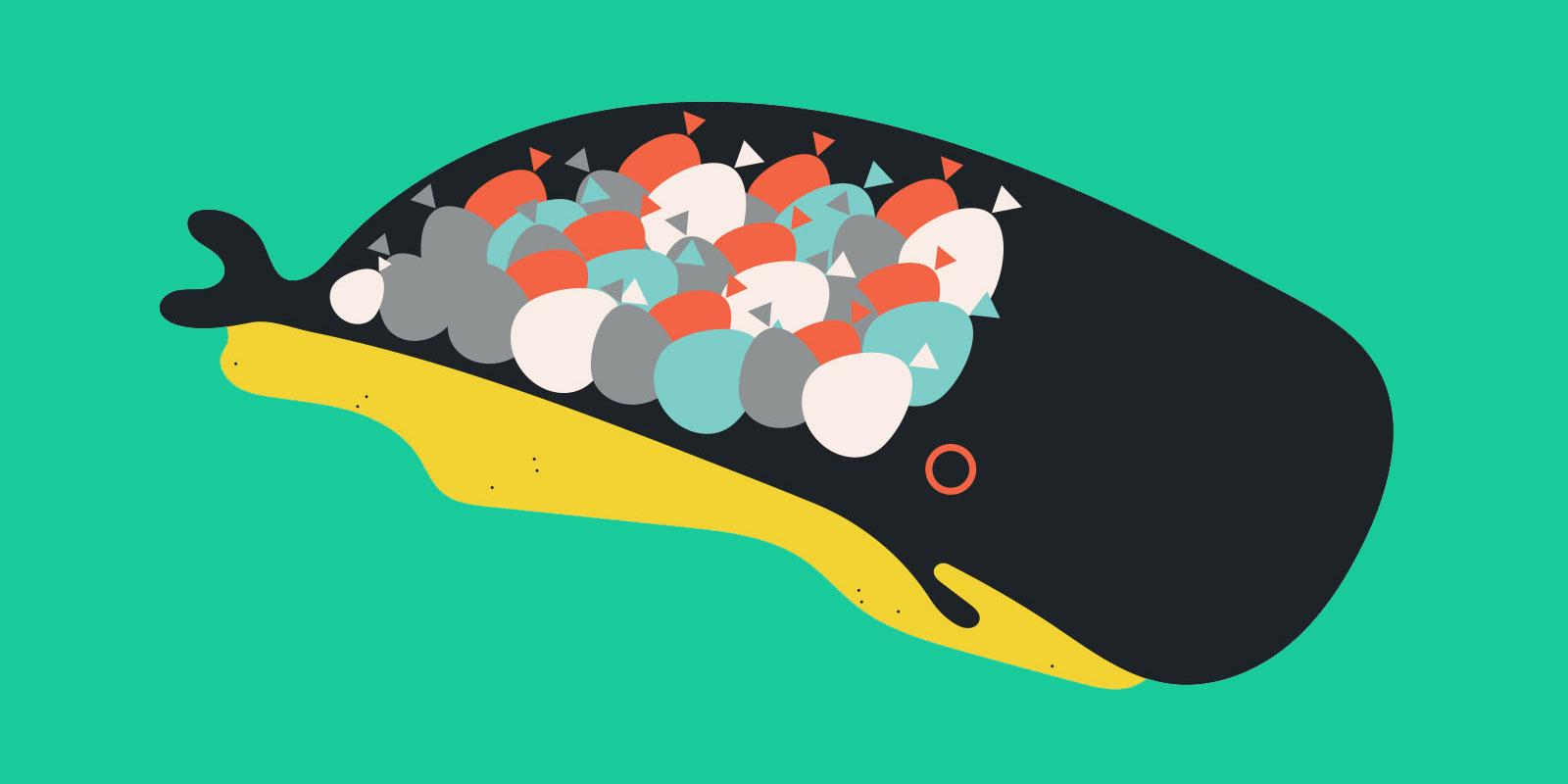
Litter timeline
Does litter that ends up on the ground disappear after a while, or does it hang around for 1 year or maybe 100 years?
Purpose
To improve understanding of how long various materials take to break down, and the responsibility we all have not to drop litter.
Preparations
Gather a mixed collection of litter and waste for the exercise, including everything from glass to plastic, packaging, metal, newspapers and fruit peel, etc.
Do it like this
- Lay out a rope as a timeline, or draw a chalk line. Mark out several points of time along the line, showing years or centuries.
- Work together, ideally in pairs or groups, and place the litter along the timeline according to how long they believe it takes for each item to decompose so that it is no longer visible.
- Go along the timeline and discuss it. Have they got it right? Work through various points: for instance, how is it that certain items disappear quicker than others. Also talk about, for example, the fact that plastic can cause harm even when it is no longer visible. Mention that the time it takes for litter to break down is not always that important. The litter is still there long enough to cause harm to the environment and animals.
- Discuss what we can do to save the Earth’s resources and reduce the quantity of litter by reusing more, recycling and making smarter choices when we shop, etc.
WORLD'S CHILDRENS PRIZE FOUNDATION
Långgatan 13, 647 30, Mariefred, Sweden
Phone: +46-159-129 00 • info@worldschildrensprize.org
© 2020 World’s Children’s Prize Foundation. All rights reserved. WORLD'S CHILDREN'S PRIZE®, the Foundation's logo, WORLD'S CHILDREN'S PRIZE FOR THE RIGHTS OF THE CHILD®, WORLD'S CHILDREN'S PARLIAMENT®, WORLD'S CHILDREN'S OMBUDSMAN®, WORLD'S CHILDREN'S PRESS CONFERENCE® and YOU ME EQUAL RIGHTS are service marks of the Foundation.


x
x
x




